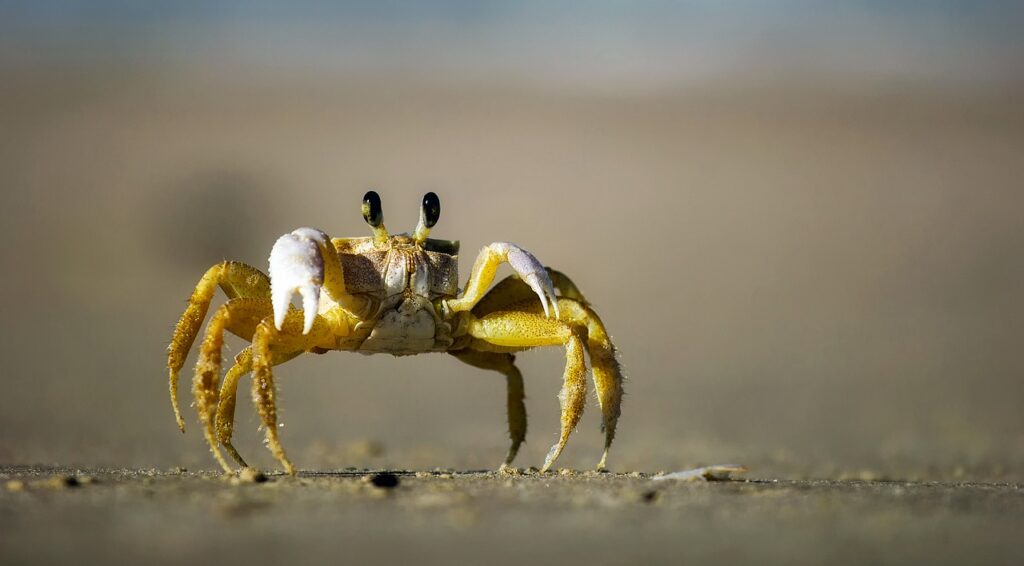Why Crabs Are Now Being Used To Make Whiskey
One distillery in New Hampshire decided to tackle the green crabs overpopulation problem in the area by making crab-flavored whiskey.
This article is more than 2 years old

Small green grabs have invaded the shores of New Hampshire for centuries. The destructive crustaceans exist in large swathes, and because of their eating habits have a notorious tendency for disrupting delicate marine ecosystems in the region. As part of an effort to curb the crustacean problem, one New Hampshire distillery has decided to begin producing a version of whisky made using the populous little buggers.
The whiskey is called Tamworth Distilling’s Crab Trapper. NPR reported that Will Robinson, the product developer at Tamworth Distilling, was the brains behind the crab-based whiskey project. Robinson detailed that the crabs are prepared much in the same way as they would be at a typical seafood restaurant. From there, Robinson then explained that the distillery proceeds to make a crab stock. The stock is then distilled using a special vacuum-like device in order to ensure the stock always stays at the precise temperature needed to make whiskey. “It preserves the flavor and aroma molecules that would get destroyed if we were to boil it,” explained Robinson.
To add to the complexity of the flavor profile of the crab-based whiskey, mustard seed, coriander, and cinnamon are added along with bourbon. Speaking about his creative connection, Robinson said that it’s a drink that is really meant to be savored slowly so that all of its complex and distinct flavors can be identified and appreciated. “It’s meant for you to explore your own perception through your olfactory senses, “ said Robinson.
However, Robinson isn’t ignorant of the fact that people might be instantly repulsed by whiskey made from the juices of crabs. He admitted that likely 3 out of every 4 people will right out decline to try it. But he is holding out for that one daredevil willing to take a chance on it. In his experience, Robinson told NPR that the people who have tasted it often quickly changed their minds when their perceptions were replaced by a unique tasting drink. “If you can get them to taste it, they totally change their tune for the most part, “ recounted Robinson.
While valiant, the efforts of Will Robinson and those at Tamworth Distilling will likely do little in the way of making any big dents in controlling the green crabs’ population on the east coast. “They are probably one of the most successful invasive species that we have in North America, at least in the marine world. They can eat about 40 mussels a day, just one crab. And so you multiply that by a bazillion, and you have no more clams,” detailed Dr. Gabriela Bradt, who works as a marine biologist and fisheries specialist at the University of New Hampshire.
That being said, Bradt did say that it could serve to bring awareness to the green crabs’ overpopulation issue, which in turn could help to tackle the problem. Bradt reasoned that if enough people see that these green crabs are being used to make unconventional things like whisky, it could motivate other industries to see how they could integrate green crabs into their business models. Should that happen, then more crabs would end up being harvested, which could help to restore balance to an ecosystem currently ravaged by them.



